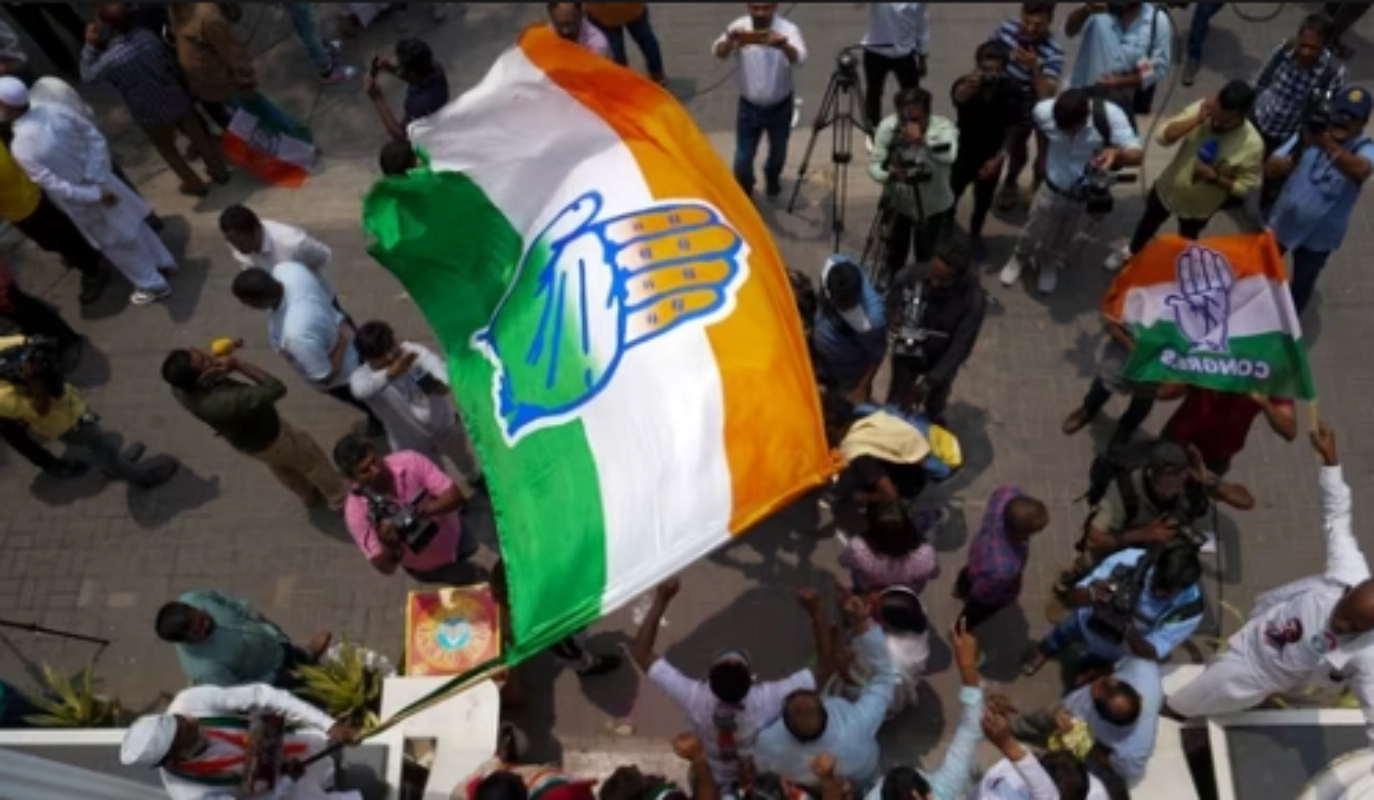According to Standard Chartered Bank’s statement on Friday, India would have a deficit in its balance of payments (BoP) for the second consecutive year in the upcoming fiscal, according to Reuters. According to Bank, this would be the nation’s first occurrence of this kind in 20 years. India will have a BoP deficit of $24 billion this fiscal year and $5.5 billion the following, predicts Standard Chartered. In FY20-21, India experienced a rare $47.5 billion BoP surplus.
Also Read: Stock Market Update: Nifty slips below 17900; Sensex down 453 points for the third straight day
India will post Balance of Payment (BoP) deficit for second year in next fiscal
A statement of all transactions that took place between entities in one nation and the rest of the globe over a given time period, such as a quarter or a year, is known as the balance of payments (BOP). It summarises all interactions between people, companies, and governments within a nation and people, companies, and governments outside the nation.
Anubhuti Sahay, head of South Asia Economic Research (India) at Standard Chartered Bank, India, was quoted in the report as saying that “higher commodity prices, better growth in India compared to the rest of the world, and higher global interest rates amid cautious risk appetite could keep the C/A (current account)deficit wide and contain capital inflows in FY24.”
Current Account Balance to slip into deficit of 3 per cent this F.Y
As per Standard Chartered, the current account balance will go from being in surplus last fiscal year to a deficit of 3% of GDP this fiscal year before narrowing to 2.6% in FY23–24. According to the bank, given the likelihood that rising global rates will keep debt-investment inflows cautious, the BoP dynamics could be dominated by an absolute CAD financing requirement of about $100 billion in 2019.
An importer can secure the satisfaction of both parties by paying for products in advance using cash against document financing, or CAD financing.
Slower Software and remittance inflows contributing to large deficit size
“Even though the C/A deficit may seem more manageable, it nevertheless represents a sizable funding need in absolute terms, particularly given the backdrop of sluggish global growth. Our prediction of a lower C/A deficit/GDP ratio in FY24 is based on the assumption that the trade deficit will be smaller, but that slower software and remittance inflows will result in a larger deficit size “said the bank.
Also Read: Rupee Juggernaut: RBI initiates Cross Border Rupee Trade with South Asian Countries
Keep watching our YouTube Channel ‘DNP INDIA’. Also, please subscribe and follow us on FACEBOOK, INSTAGRAM, and TWITTER.












